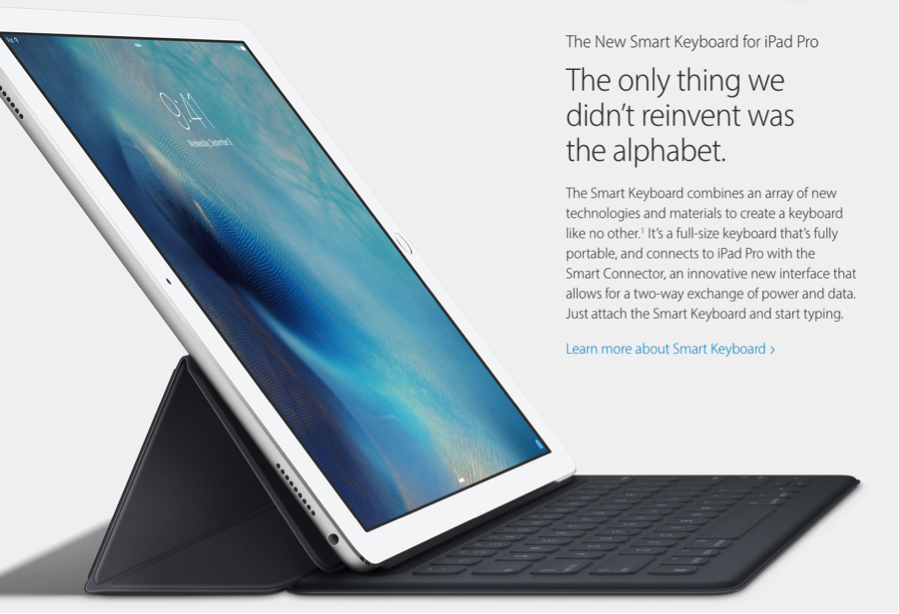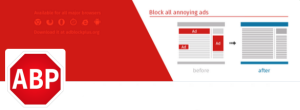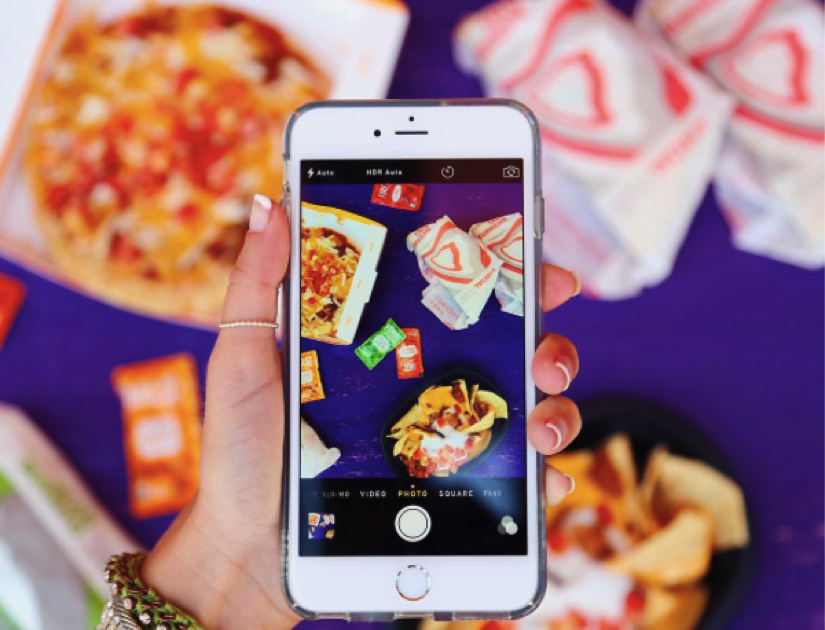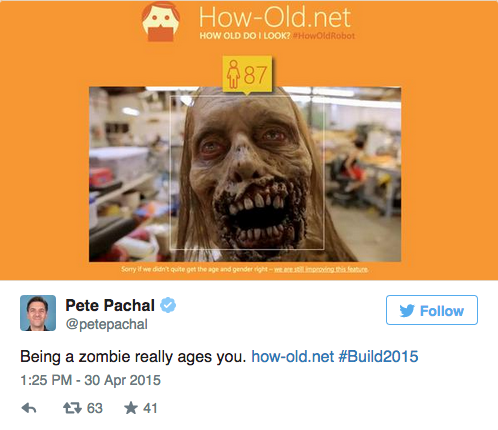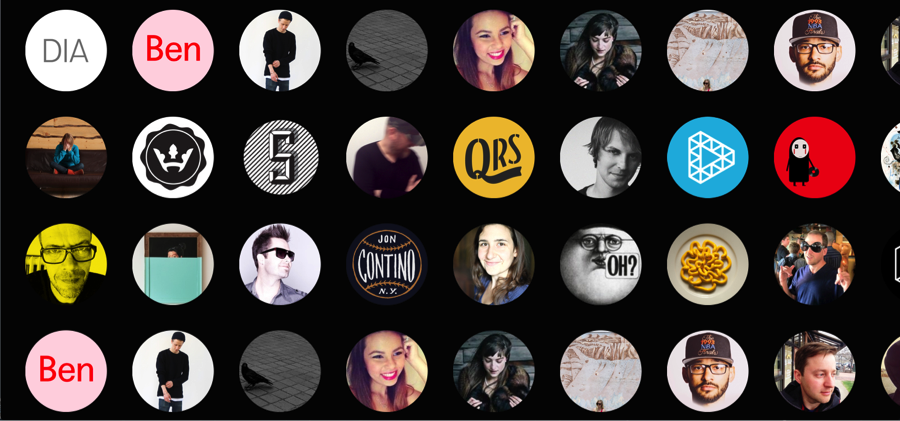There’s something to be said about a weekend getaway to America’s wine region, Sonoma County. Breathtaking countryside, endless vineyards, the finest farm-to-table cuisine, all tucked into the rolling hills of Northern California. It’s the perfect spot to unwind and unplug – or to simply indulge in amazing food and a chilled glass of Sauvignon Blanc.
For 24 editors spanning a variety of lifestyle publications, this blissful vacation daydream became a reality during CBC’s Cooking Cottage experience from April 29-May 4.

The CBC Cooking Cottage is part of our House Program series and was born from the desire to provide editors and bloggers the opportunity to engage with a variety of brands in a tangible, meaningful way. Representatives from publications like Good Housekeeping, Oprah Magazine, Real Simple, Women’s Health, and more attended the organized oasis and left with a weekend experience they won’t forget.


Each day featured a new set of socially-engaging activities, each hosted by a different brand. The agenda included events like a wine and cheese at Arrowood Vineyard with President Cheese, an exclusive poolside yoga class with Clif Bar, tours of two Jackson Family Wines vineyards, a Pinot and Potatoes Paint Night with Alexia, and many delicious meals in between.



The Cooking Cottage experience gave participants an enchanting taste of the rich Sonoma culture, as well as an insider’s look at highly-coveted brands like Omaha Steaks, Sambazon, Stonewall Kitchen, and Simply Organic.



But don’t just take our word for it. Scroll through the amazing photos posted by our guests on the hashtag #CBCcottage on Instagram.
Until next year, Cooking Cottage!


